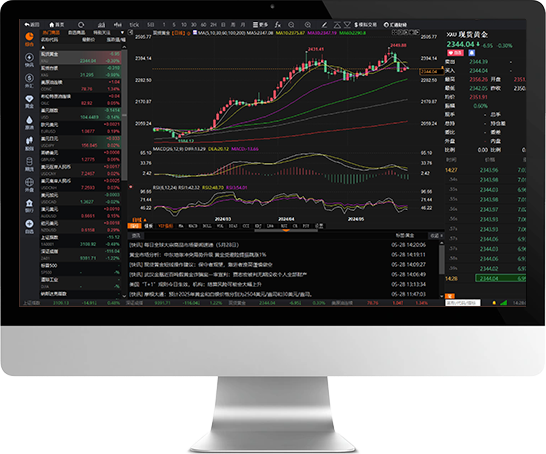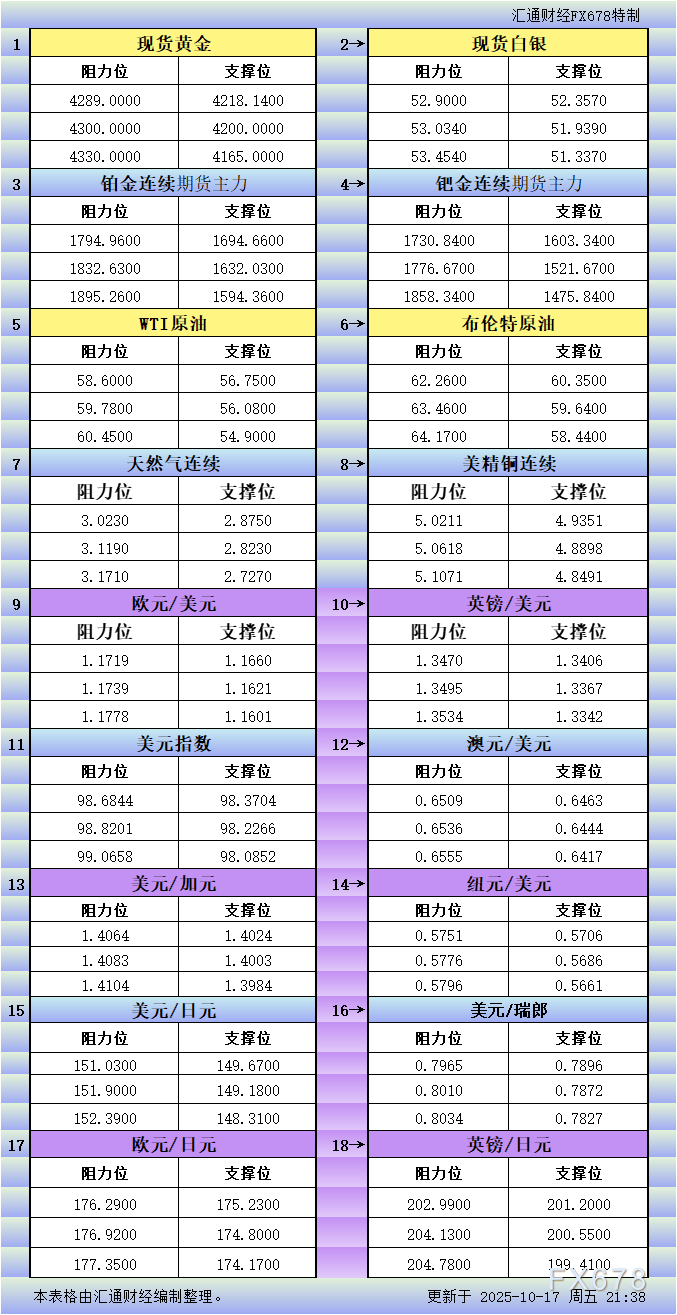之前有“格林斯潘策略”和“伯南克保证”,随着中国央行使用货币政策来延缓中古国股市的跌势,现在又有了“周小川对策”。
“周小川策略”是交易者用来形容中国人民银行(PBOC)行长周小川通过宽松货币政策增加流入股票市场的资金来提振中国股市之做法。

瑞东集团有限公司首席策略师帕尔帕特(Uwe Parpart)表示,尽管中国人民银行并没有这么表示,但是当它在周六(6月27日)削减政策利率和存款准备金率(RRR)来向股票市场注入更多流动性及维持股市稳定的时候的确努力尝试并仔细测试了“格林斯潘策略”。
他补充道,周一我们就能看到直接影响,接下来的几周里能看到投资者将多大程度上信任“周小川策略”。
周一,上证综合指数开盘上涨了近1%但也只是昙花一现,该指数当日下跌多达8%。
周六,中国人民银行将一年期贷款基准利率下调了25个基点至1.85%,存款基准利率下调25个基点至2%。它还下调了那些为边远地区和中小型企业服务的银行的存款准备金率50个基点。
自6月12至今,中国股市已经下跌了超过20%,这迫使中国央行在周六(6月27日)推出了大于预期的宽松政策。中国上次一同时削减利率和存款准备金率实在2008年12月,那时正是全球经融危机的高峰期。
IG市场策略师Bernard Aw表示,中国人民银行可能不希望看到股市崩盘,因此此次降息降准过程中透露出了很浓的救市意味,这和之前截然不同。过去中国央行在推出所有的政策时,都会声明这只是用来促进实体经济增长的。
是否有用
华侨银行经济学家谢东明对此表示很乐观,他认为,这样巨大的宽松政策将有助于舒缓投资者不安的的情绪。
谢东明指出,格林斯潘在道琼斯在1987年股市崩溃中一天之内遭受22.6%的损失之后,设法通过降息和流动性注入来避免股市进一步的恶化。中国的大型宽松政策或许也如过去一样正扮演者相似的角色,稳定投资者对中国股市的信心避免股市崩盘。然而持续流行的保证金融资意味着市场将继续波动。
他认为,放任保证金交易利用政策性反弹将继续使中国股市动荡。
汇丰银行(HSBC)香港和中国内地股票研究主管Steven Sun也发表相似观点,他表示,政策支持能防止进一步的市场大幅下跌,然而投资者可能会重新投入到到使用低倍杠杆中去。
中国监管机构最近几个月已经加大力度来约束保证金交易,以降低股票市场泡沫的风险。
与此同时,美银美林分析师大卫-崔(David Cui)指出,这并不是中国央行第一次采取措施来提振股票市场,因此中国央行的宽松政策所取得的效应越来越小了。

他表示,这是自2014年11月以来中国央行第四次采取措施来支撑股票市场,但是每一次的效果都越来越弱,到目前为止,没有人会怀疑政府想要看到市场正常运作的意愿。但是最近流入市场的资金被证明不足以抵消资金外流,并因而也无法将市场推向一个更高的位置。
中国央行的意图
荷兰国际集团(ING)的亚洲金融市场研究主管康康敦(Tim Condon)指出,一个健康的故事是政府推动金融改革的关键要素,中国央行的这一举措时机并不是巧合。
康敦指出,目前,中国政府仍在设法消除2009至2010年信贷过度繁荣的后遗症,并试图用用资本市场融资,债券,和股票发行来取代影子银行融资、信任和委托贷款以及银行承诺兑汇票。然而,一旦股市崩盘,却会让这一切都前功尽弃。
Will the 'Zhou put' stave off a China crash?
People's Bank of China Governor Zhou XiaochuanYou've heard of the "Greenspan put" and the "Bernanke guarantee", now get acquainted with the "Zhou put" as China's central bank pulls monetary levers to ease declines in the country's stock market.
The "Zhou put" is the term used by traders to describe the perceived attempt by People's Bank of China (PBoC) Governor Zhou Xiaochua over the weekend to boost the country's beleaguered stock market by easing monetary policy in order to help money flow into the market.
"The PBoC didn't say so, but it certainly had a tried and tested Greenspan tactic in mind when it cut policy rates and selected bank reserve requirements (RRR) on Saturday to inject liquidity into the system and stabilize markets," said Uwe Parpart, chief strategist and head of research at Reorient Group.
"We'll see the immediate effect on Monday and in coming weeks will see if and to what extent investors buy into the 'Zhou put'," he added.
The benchmark Shanghai Composite opened up almost 1 percent on Monday, only to slip into the red over the course of the morning. The index fell as much as 5 percent in a volatile trading session.
The PBoC on Saturday cut the benchmark one-year lending and deposit rates by 25 basis points to 4.85 percent and 2.0 percent respectively. It also reduced the RRR by 50 basis points for select lenders serving rural areas and small to medium-sized enterprises.
The bigger-than-expected easing package came on the heels of a near-20 percent correction in the Shanghai stock market from its June 12 peak of 5,166.35. China last cut both interest rates and the RRR at the same time in December 2008, at the peak of the global financial crisis.
Read More ? Watchout: These risks could derail China's bull run
"PBOC probably has no wish to see the market crash," said Bernard Aw, market strategist at IG. "The central bank has effectively put a floor under asset prices, like a put option on a stock."
"This is a significant departure from the past where it was clear that any policy move was to support growth," he said.
Will it work?
Tommy Xie Dongming, economist at OCBC Bank, is optimistic the "jumbo easing" will help sooth jittery investor sentiment.
"The Greenspan put managed to avert further deterioration via interest rate cut and liquidity injection after Dow Jones suffered a record single day loss of 22.6 percent in 1987 stock market crash," Xie said. "The jumbo easing in China is likely to play a similar role in stabilizing shaky confidence in China's equity market to avert a disastrous avalanche."
However, the continued prevalence of margin financing means that market volatility is here to stay, Xie added.
"We think further unwinding of margin trading taking advantage of any policy-led rebound may continue to create volatility in China's equity market," he said.
Steven Sun, head of Hong Kong and China equity research at HSBC shared a similar view : "Policy support could prevent further sharp market falls; yet investors will likely sell into the rebound to lower leverage.
Chinese regulators have stepped up efforts to tighten margin activities in recent months to limit the risk of a bubble forming in the market.
Meanwhile, David Cui, strategist at Bank of America Merill Lynch pointed out that this was not the first time the PBoC had acted to shore up the equity market, noting that the central bank was getting less bang for its buck with each easing move.
"This is the the 4th round of major PBoC actions to support the market since November 2014 and each subsequent round's impact had diminished. By now, very few investors harbor any doubt about the government's desire to see the market up. But recent inflows into the market had proven insufficient to offset outflows and push the market higher," he said.
The PBOC's intentions
A healthy stock market is key element in the government's financial reform push, said Tim Condon, head of financial markets research Asia at ING, adding that the timing of PBOC's move was no coincidence.
"Cleaning up the excesses of the 2009-10 credit boom involves, among other things, substituting capital market funding – bond and equity issuance – for shadow bank funding – trust and entrusted loans and banker's acceptances," Condon said.
"A stock market crash would halt this," he added.



 流沙
流沙






 沪公网安备 31010702001056号
沪公网安备 31010702001056号